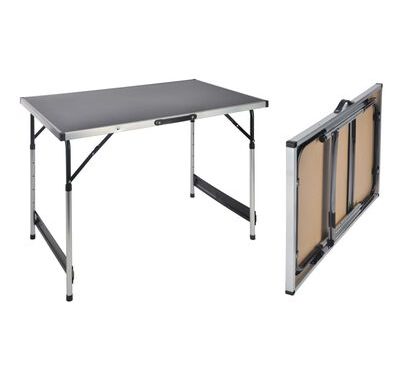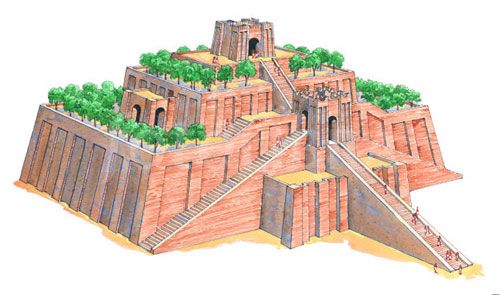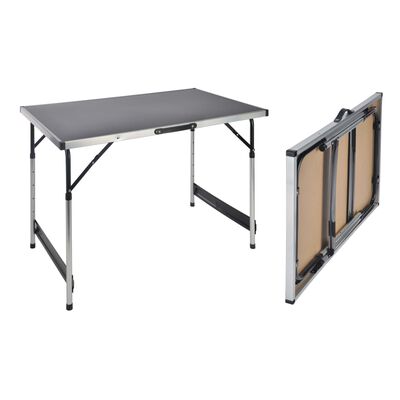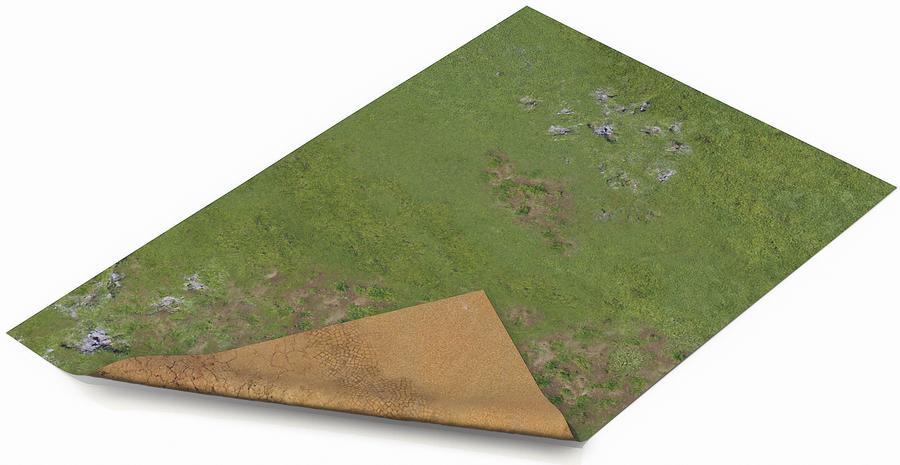
Welcome back to part 2 of my new game ruleset adventure, Small Table Fantasy Battles!
First, a few clarifications in regards of the (awesome) name: Project Ziggurat! I knew I needed a name or title for this endeavor until I get to an actual definitory description, so this prompted me to use one of the coolest historical things I know, namely the Ziggurat part.
Why Ziggurat?
It’s a story from when I was a kid. When I was around 8 (just after the Romanian Revolution in 1989) color booklets started to appear at kiosks (places where they usually sold newspapers) and my grandfather bought me a small book that had “The History of the World” on it.
It had 30-40 pages, and for each 2 pages it would describe a civilization (like Pre-Historic, Babilonian, Sumerian, Roman, Celts, etc) up until modern times. The description would include a picture of a regular citizen or soldier from that civilization and some architectural drawings plus a description of where they lived, how long ago and a short history of their existence.
I was FASCINATED by the Sumerians as one of the earliest civilizations and their ziggurats, and this stuck with me through the years.

So there you go! A small tidbit of how a small book bought to a child can remain in his memory through the years. I don’t know if this was when I actually started getting more interest in history but I do know that I spent most of the pre-teen and teen years digging through the local library history section, a passion which remains to today.
Back to our project!
As I mentioned in my previous post (here) I have decided to restrict my playing area. This will allow me to play Flames of War at 6mm scale by just using 6mm miniatures and reducing all measurements from inches to centimeters and also try to play some form of rank and flank game in a 10mm scale.
I did bite the bullet and put my money where my mouth is, so I purchased this:

It’s a folding table, with 100×60 cm playing area. It’s lightweight, from aluminum (around 5kg they said, basically?) and it’s very thin so I can quickly fold it and store it behind the couch.
My required playing area is basically scaling down 2.5 times from a “normal” tabletop tournament sized table. So, 200 x 120 cm, scaled down to 2.5 basically means 80 x 48 cm, which this table more than covers.
Next, my playmat!
I need a playmat that can cover those 80 x 48 cm, which basically translates to 32 x 20 inches. Enter Gamemat.eu stuff:

This battlemat covers 30×22 inches, we have an extra 1 inch to the deployment of each side, but this is not that much important. Also, I did nab the DOUBLE sided one, for 2 terrain options, not just 1.
88 Euros later, we’re set with a small table and a battlemat which should allow us to play our battles.
Name
Which brings me to the actual name of the Ruleset.
I thought about it for a few days and penciled out a lot of options. The primary reason and drive behind this is the ability to play games on a smaller surface, a challenge that most of us face (unless you have a giant mancave with a built in 6×4 table, you lucky gits).
So, it is only fitting that this should be the Small Table Fantasy Battles.
Game System basing
As with any tabletop game that I play nowadays (or read about), I am convinced that the way to success is to solidify the units and basing system so that players do not have to custom base their minis towards your game system.
This ads resistance to the system, first, especially for people that already have based their armies for popular games.
Take for example my Flames of War Germans. Give me any system that says the Flames of War basing is good for their system also, and I could give it a shot. Give me a system where they want soldiers to be based either in larger units (which could be solved by using bases on top of which you place the actual FoW bases) or individually, and I’m not so keen in rebasing a whole army just to “try” your game.
The number one 10mm game that seems to catch on these days again is (and I’m happy to say it) Warmaster. Another contender seems to be Minihammer (or Tinyhammer) which again, is played in 10mm but requires individual basing of models, however these can be gathered for a Warmaster like base if needed.
So, what are the Warmaster basing rules?
Bases are generally 4cm long and 2cm wide.
Infantry is based and aligned on the long edge of the base.
Generally, all other units, cavalry, monsters, and war machines, are based and aligned on the short edge of the base.
This poses a few differences towards the style that I am used to playing.
In Warhammer, Cavalry is based on length, with rows of knights that you can stack like infantry. Basing Cavalry as per Warmaster rules makes them deploy as a 2×2 unit with the shorter edge being the “attack” one so instead of deploying 4 knights into 1 row of 4, the default unit (or stand) will be 2 by 2 knights. This could impact the number of attacks that a minimum sized cavalry unit can dish out. But I get ahead of myself, this is something for the combat section of the rules.
Point Limit
Regular Warmaster games adhere to 1000 points. Warhammer was usually played at 2000 or 2500 points. Personally, I believe the less the numbers are, the easier is for the players to conceptualize and or rationalize their expenses. Reading through the Warmaster book I also found it very easy and simple to deduct point costs from the 1000 points recommended, and I found it easier also to mentally say “this unit is 10% of my points cost”.
So, we’re going to go with 1000 points. As a side note, this will require some adjustments to unit costs, given that I’m basing my point costs to 6th (and/or 7th) edition Warhammer points. Namely, for a rough parity of points translation I would have to at least half the cost of each unit in Warhammer so that they fit inside a 1000 points army cost system.
Conclusions and official rules drafted for now
Battlefield size
The battlefield measures 32 x 20 inches or 80 x 48 cm.
For people wishing to play this in 28mm (as in Warhammer) you can increase the battlefield to 80 x 48 inches, or 200 x120 cm, and measure all distances in inches, not cm.
Army points cost
Players will each draft a 1000 points army based on their respective army lists. Army points can be increased as agreed by players before the match, with the point cost needing to be equal between the two players.
Unit Basing
The bases used are classic 4×2 cm bases, same as Warmaster.
Basing will be infantry aligned on the longer side of the base while cavalry, monsters and warmachines align on the shorter side of the base. Skirmisher units can be placed randomly on the base, as frontage does not matter.
Join me next time for Deployment and Terrain rules (which I am already thinking about) HERE

This is part 2. I missed part 1. Could you please provide a link?
Thanks,
John
Here you go 🙂
http://www.wargames-romania.ro/wordpress/articles/hobby/project-ziggurat-why/